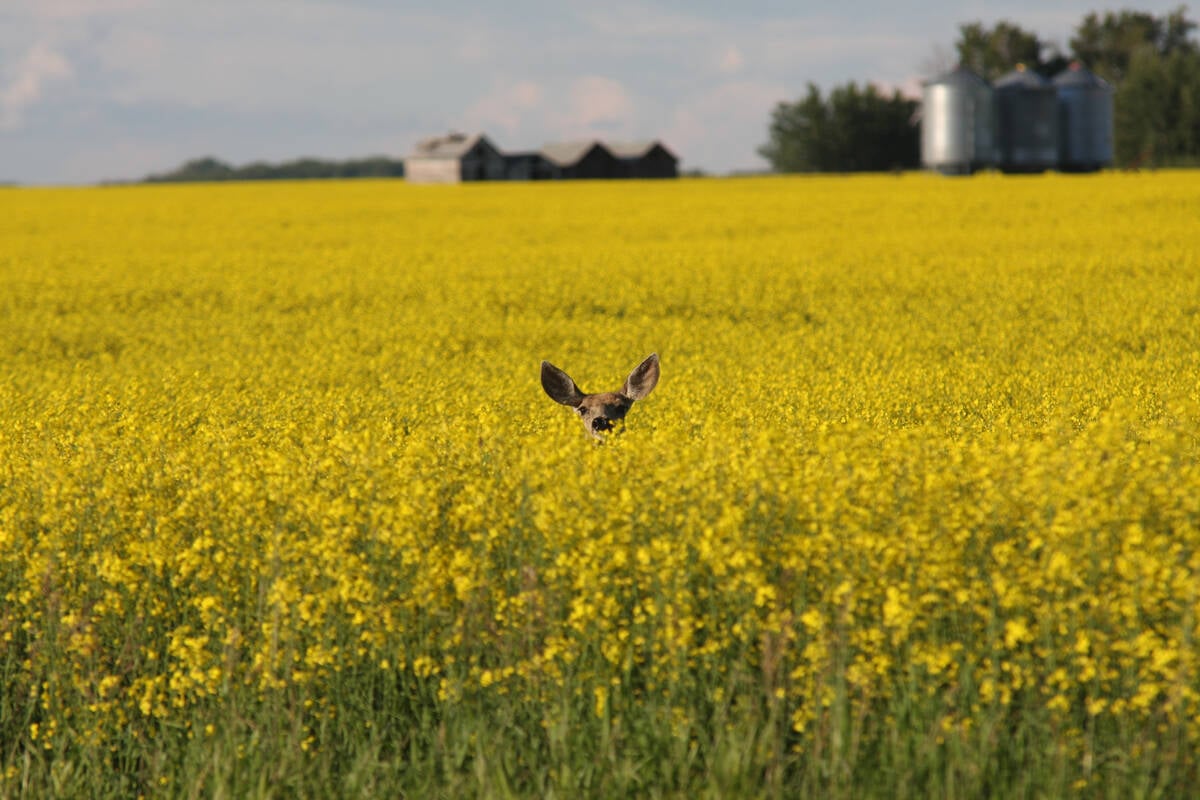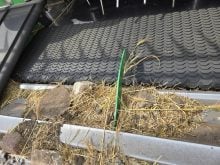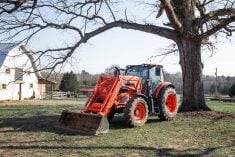Crippling drought continues to hamper the world’s largest producer and consumer of pulses.
India’s meteorological department reports that total rainfall since the monsoon season began on June 1 has been 25 percent below normal.
The situation is reminiscent of the 2002-03 crop year when rainfall was 19 percent below normal and crop production fell 18 percent from the previous year due in part to a moderate El Nino.
Forty-five percent of India’s 625 administered districts have declared drought, a situation the country’s federal finance minister said could reduce kharif, or summer crop output by 15 to 20 percent. The government is particularly concerned about upward pressure on pulse and sugar prices.
Read Also

Drones now used to assess wildlife crop damage in Saskatchewan
Wildlife damage in Saskatchewan crops is now assessed by drones and artificial intelligence.
With one month remaining in the monsoon season, it appears highly unlikely that crops will attain average yields, even if long-awaited rain arrived in September.
“It would be too late for what I would call total recovery,” said Eric Luebehusen, agricultural meteorologist with the U.S. Department of Agriculture’s World Agricultural Outlook Board.
The way things are shaping up, he isn’t expecting conditions to improve at the end of the monsoon season.
The National Oceanic and Atmospheric Administration declared July 9 that El Nino had arrived. The climate phenomenon is classified as weak but is expected to become moderate and persist through winter 2009-10.
During El Nino years, India’s monsoons are more apt to be weak and withdraw early.
“The correlations between El Nino and India’s rainfall aren’t real promising for September,” Luebehusen said.
India’s meteorological department is reporting that rainfall has been 20 to 59 percent below normal in 22 of the country’s 36 weather zones.
Luebehusen said it has been particularly dry in the northern, central and western portions of the country, which is where most of the country’s pulse crops are grown.
The southern, eastern and northeastern regions of the country have recovered, but it is unclear whether the rain came too late to have much impact on the cotton and rice crops grown in those areas.
Madyah Pradesh, a large state in the centre of India, accounts for about one-quarter of the country’s pulse production. It is one of the driest areas.
“Central India is staring at a moisture deficit of anywhere between 200 and 300 millimetres,” Luebehusen said.
One-third of India’s pulses are produced during the rainy season, with the remainder grown in the rabi or dry season.
A lot of soybeans are also planted in central and northern India. Reuters News Service reports that soybean production could fall as much as 19 percent, according to traders and industry officials.
The major crops grown in the rainy season are cotton, rice, soybean and sugarcane, but the lack of moisture could also affect crops that will be planted in the rabi season, such as winter wheat and rapeseed.
India’s winter wheat crop is heavily dependent on irrigation and less water will be available if the reservoirs and wells are depleted.
“That is something that we’re just kind of keeping an eye on in the back burner,” Luebehusen said.















